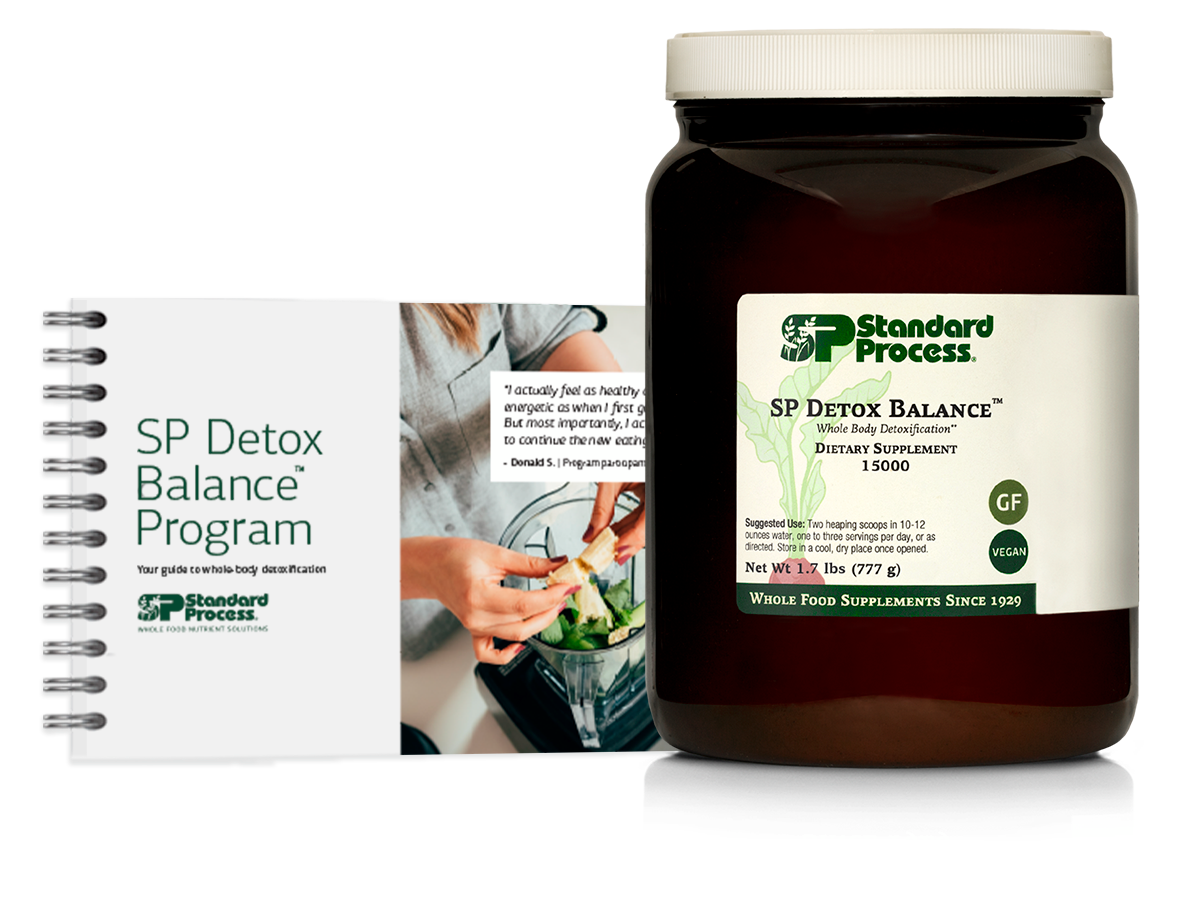Red vs. Green Superfoods: What Your Diet May Be Missing
We’ve celebrated greens for decades, but science now shows reds may hold the missing piece for heart health and performance.


For decades, leafy greens have been the stars of nutrition. Spinach, kale, broccoli — they’ve been praised as nature’s multivitamins, loaded with compounds that support eye health, detoxification, and general vitality.
But scientists are now discovering that another group of plants, red superfoods, may be just as essential. These brightly colored vegetables, fruits, and algae are rich in unique compounds that affect the body in ways greens can’t — improving circulation, supporting exercise recovery, and even defending skin and eyes against modern stressors like sun and screen time.
It raises a new question in nutrition: Is it time for reds to rise?

The Nutrient Gap Few Talk About
Nearly 80% of Americans fall short on red fruits and vegetables. That gap matters. Unlike greens, reds provide compounds such as nitrates, betalains, anthocyanins, and astaxanthin — nutrients linked directly to heart health, stamina, and cellular protection.
Beets, for example, deliver nitrates that the body turns into nitric oxide, a natural compound that relaxes blood vessels and improves circulation. Mountain spinach, a lesser-known plant, is one of nature’s richest sources of chromium, a mineral essential for insulin sensitivity and healthy glucose metabolism. And red algae produces astaxanthin, a deep red antioxidant so powerful that some studies suggest it is 40 to 100 times more effective than vitamin E or beta-carotene in protecting cells from oxidative stress.
These nutrients aren’t just “nice to have.” They may be the missing link for many people struggling with energy, recovery, and healthy aging.
A Story of Reds vs. Greens
Greens and reds don’t compete — they complete each other.
- Greens: Known for chlorophyll, lutein, and zeaxanthin, greens shine in areas like vision support, detoxification, and broad-spectrum wellness. They protect the eyes from blue light, help the liver process toxins, and reduce overall disease risk.
- Reds: With betalains, nitrates, and astaxanthin, reds excel in circulation, endurance, and protection against oxidative damage. They help blood flow more easily, shorten recovery time after exercise, and defend skin and eyes from modern stressors.
Comparison Chart: Reds vs. Greens
| Category | Super Reds | Super Greens |
|---|---|---|
| Key Nutrients | Astaxanthin, Nitrates, Betalains, Anthocyanins, Lycopene | Lutein, Zeaxanthin, Chlorophyll, Glucosinolates |
| Foods | Beets, Tomatoes, Red Algae, Mountain Spinach, Berries | Spinach, Kale, Broccoli, Barley Grass, Collards |
| Strengths | Circulation, Recovery, Skin & Eye Protection | Vision, Detox, General Wellness |
| SP Example | SP® Red Food | SP® Green Food |

The Power of Greens
Super greens are nutrient-dense leafy plants like spinach, kale, broccoli, collards, and spirulina. Their rich green pigments come from chlorophyll and are supported by other beneficial compounds.
- Lutein & Zeaxanthin protect the retina and help filter harmful blue light — key for long-term vision.
- Chlorophyll supports detoxification and antioxidant defense.
- Glucosinolates, found in cruciferous vegetables, activate the body’s detox enzymes and help regulate inflammation.
Where Greens Shine
Greens have been proven in major studies — like the AREDS2 trial — to protect eye health. They also play a crucial role in detoxification and general cardiometabolic wellness by providing vitamins, minerals, and fiber that lower chronic disease risk.
A Standard Process Example: SP Green Food®
SP Green Food® delivers the concentrated benefits of green superfoods like kale, broccoli, and barley grass — all grown on the Standard Process Certified Organic Farm. These nutrient-dense plants are rich in chlorophyll, carotenoids like lutein and zeaxanthin, and detox-supporting compounds such as glucosinolates. Together, they help protect vision, support natural detoxification pathways, and provide broad-spectrum antioxidant defense. SP Green Food® is a convenient way to bridge the gap when fresh greens aren’t always on the plate, ensuring your body gets the daily phytonutrients it needs for foundational health.


The Rise of Reds
Super reds are plants rich in red, purple, or deep orange pigments — compounds often overlooked in the diet. Nearly 80% of Americans fail to get enough red fruits and vegetables, leaving a nutrient gap that can affect circulation, metabolism, and healthy aging.
Key nutrients in reds include:
- Astaxanthin (from algae), one of the most powerful antioxidants ever studied.
- Nitrates (from beets), which support nitric oxide production for blood vessel health.
- Betalains (from beets and spinach), plant pigments with anti-inflammatory properties.
- Anthocyanins (from berries), linked to cardiovascular and brain benefits.
- Lycopene (from tomatoes), known for protecting arteries and lipid balance.
Think of it this way: greens build a strong foundation, while reds give you resilience when life gets demanding.
Expert Perspective
Nutrition researchers are paying close attention to the potential of reds.
“SP® Red Food delivers powerful red-based nutrients from two of our farms’ most potent crops, red beetroot and mountain spinach (Atriplex hortensis),” explains Weston Bussler, PhD, Product Development Manager at the Standard Process Nutrition Innovation Center. “These plants pair with whole food astaxanthin, a powerful clinically studied membrane antioxidant, to support cardiometabolic health, skin protection from photoaging, eye protection from daily screen use, exercise performance and muscle recovery. It is a convenient way to give our body nutritional tools to handle everyday challenges and function at its peak.”*
Dr. Bussler’s comments point to a broader shift: reds are no longer just a colorful side dish — they are an emerging field in nutritional science.

What Reds Mean for You
Heart and Circulation
Beets and other red foods improve nitric oxide production, supporting blood vessel flexibility and healthy blood pressure. Astaxanthin helps protect cholesterol from oxidation, a key step in maintaining cardiovascular health.
Active Living
If you’re someone who exercises, reds may be your new best friend. Clinical studies suggest astaxanthin reduces muscle soreness and speeds recovery. Beets improve oxygen delivery, giving athletes and weekend warriors more stamina. Some red phytonutrients even sharpen visual clarity and depth perception — important whether you’re on the playing field or behind the wheel.
Healthy Aging
Red compounds can help skin bounce back from UV stress, defend eyes from digital fatigue, and support muscle strength as we age. Chromium from mountain spinach may help offset age-related declines in glucose metabolism, keeping energy and metabolism steady over time.
The Bigger Picture: Farm to Formula
Standard Process®, a family-owned company that has been cultivating nutrient-rich foods since 1929, has been at the forefront of turning this nutritional research into practical solutions. On their Certified Organic Farm in Wisconsin, crops like beetroot and mountain spinach are grown for use in supplements. At the company’s Nutrition Innovation Center in North Carolina, scientists study how these ingredients work in the body and how they can be combined for maximum benefit.
This farm-to-research pipeline has given rise to products like SP® Red Food, the first supplement of its kind to combine organic beetroot, mountain spinach, and astaxanthin into a single daily formula. While not a substitute for eating whole foods, it offers a way to bridge the nutrient gap for people who struggle to get enough red produce into their diets.
Looking Ahead: The Era of Red Superfoods
The rise of red superfoods doesn’t diminish the importance of greens — it expands the nutritional conversation. Just as the health world once learned the unique role of omega-3s, we’re now beginning to see that reds bring something equally distinct to the table.
For many, that may mean a new strategy: keep eating greens for foundational health, but make sure reds are in the mix to support circulation, performance, and resilience as you age.
It’s a reminder that in nutrition, color matters — and the future looks brighter when our plates include both the greens we’ve trusted for decades and the reds that are finally getting their moment in the spotlight.

References
- Jeejeebhoy, K.N., Chu, R.C., Marliss, E.B., Greenberg, G.R. & Bruce-Robertson, A. The American Journal of Clinical Nutrition 30, 531-538 (1977).
- Freund, H., Atamian, S. & Fischer, J.E. JAMA 241, 496-498 (1979).
- Vincent, J.B. Journal of the American College of Nutrition 18, 6-12 (1999).
- Feng, W., et al. PLoS One 10, e0125952 (2015).
- Jain, S.K., Rains, J.L. & Croad, J.L. Free Radic Biol Med 43, 1124-1131 (2007).
- Lai, M.H., Chen, Y.Y. & Cheng, H.H. Journal International de Vitaminologie et de Nutrition 76, 391-397 (2006).
- Sahin, K., et al. Metabolism 56, 1233-1240 (2007).
- Jones T, Dunn EL, Macdonald JH, Kubis H-P, McMahon N, Sandoo A. Nutrients 2019;11(8):1792.
- Lara J, Ashor AW, Oggioni C, Ahluwalia A, Mathers JC, Siervo M. European Journal of Nutrition 2016;55:451-9.
- Zamani, H., et al. Crit Rev Food Sci Nutr 61, 788-804 (2021).
- Iwamoto T, Hosoda K, Hirano R, Kurata H, Matsumoto A, Miki W, et al. Journal of Atherosclerosis and Thrombosis 2000;7(4):216-22.
- Baralic I, Djordjevic B, Dikic N, Kotur-Stevuljevic J, Spasic S, Jelic-Ivanovic Z, et al. Phytotherapy Research 2013;27(10):1536-42.
- Brown, D.R., et al. Front Nutr 4, 76 (2017).
- Waldman, H. Nutrients 16 (2024).
- Davinelli, S., et al. Nutrients 10 (2018).
- Santocono, M., et al. J Photochem Photobiol B 85, 205-215 (2006).
- Chou, H.Y., et al. Int J Mol Sci 17 (2016).
- Tominaga, K., et al. Acta Biochim Pol 59, 43-47 (2012).
- Kaur, K., et al. Ophthalmol Ther 11, 1655-1680 (2022).
- Giannaccare, G., et al. Mar Drugs 18 (2020).
- Otsuka, T., et al. Curr Eye Res 41, 1465-1472 (2016).
- Piermarocchi, S., et al. Eur J Ophthalmol 22, 216-225 (2012).
- Ouyang, W., et al. Cell Death Discov 10, 398 (2024).
Statement on Research and Efficacy
The strategies and supplements discussed in this article are grounded in clinical experience, nutritional science, and evolving insights from functional and integrative health practices. They reflect a whole-body approach to stress, energy, and adrenal recovery—supporting the body’s natural resilience rather than simply masking symptoms.
Products from Standard Process are formulated using whole food ingredients designed to nourish key systems under stress, including the nervous system, adrenal glands, and brain. While individual responses may vary, many people experience meaningful improvements when these supplements are combined with a balanced diet, movement, hydration, and restorative routines.
For best results, we recommend working with a qualified healthcare provider who can tailor a stress and mineral support plan to your unique needs.
Disclaimer
This content is intended for educational purposes only and is not meant to diagnose, treat, cure, or prevent any disease. The supplements mentioned have not been evaluated by the Food and Drug Administration (FDA). While research and traditional use inform the ingredients discussed, outcomes may vary, and individual results are not guaranteed. Please consult with a licensed healthcare professional before beginning any new nutritional program.





